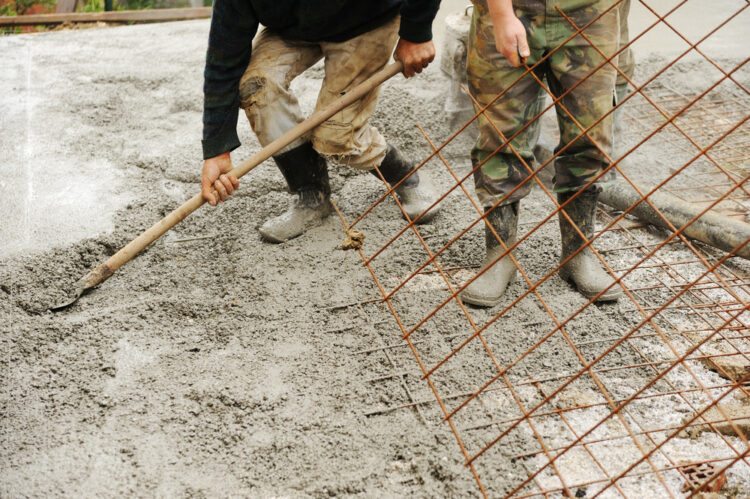Are you considering using decorative concrete for your development project? This versatile material opens up so many design possibilities. Most concrete structures can last for 100 years or more, according to Forbes. But before you start picking colors and textures, it helps to understand what goes into creating decorative concrete. Here’s more about the process behind this material.
Choosing Your Design
The first step is deciding what look you want for your decorative concrete. There are so many options to choose from! You can mimic natural stone, tile, or wood textures. Or go for a smooth, polished concrete look. You can also add colors, patterns, or designs. Think about the overall style you want and how the concrete will coordinate with the rest of your space. For your customers’ outdoor patios and walkways, take into account traction and safety along with aesthetics. A rougher surface texture provides more grip.
Preparing the Concrete Surface
Once you’ve settled on a design, it’s time to prepare the concrete for decoration. New concrete must be fully cured before applying decorative techniques, which takes about four weeks. For existing concrete, the surface must be cleaned and profiled to ensure proper adhesion of overlays or stains. Acid etching is commonly used to profile and lightly texturize concrete surfaces. Your concrete supplier may also recommend diamond grind or shot blasting the concrete to the proper profile.
Applying Decorative Finishes
Now we get to the fun part: adding the decorative finishes! There are many different techniques for achieving unique looks with decorative concrete. Color hardeners, powdered pigments, or liquid stains can introduce color. Stamped textures mimic materials like stone, wood, or brick. Concrete overlays cover the surface with new textures and design possibilities. Polishing creates a smooth, mirror-like sheen. Don’t forget about saw-cutting decorative grooves or embedding accents like glass, tile, or stone.
Sealing and Protecting the Surface
The final step is sealing the concrete to protect it and enhance the color. Outdoor decorative concrete should be sealed to prevent damage from water, chemicals, and UV exposure. Multiple layers of sealer are usually applied. Maintaining the sealer every one to two years will keep decorative concrete looking its best. Proper sealing also makes regular cleaning and maintenance easier.
Now you know the basic process behind creating decorative concrete. There are so many options to mix and match techniques for stunning results. When you’re ready to get started using decorative concrete for your development project, reach out to us today at GFP Mobile Mix.



